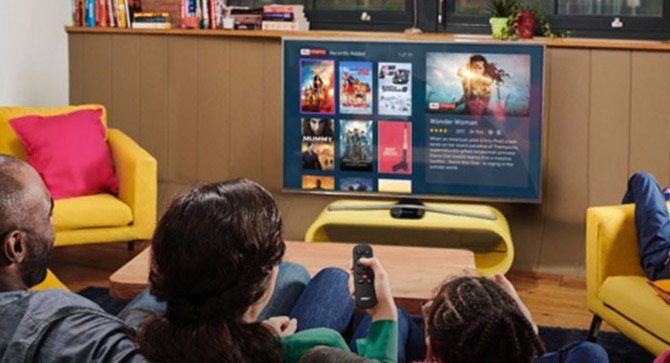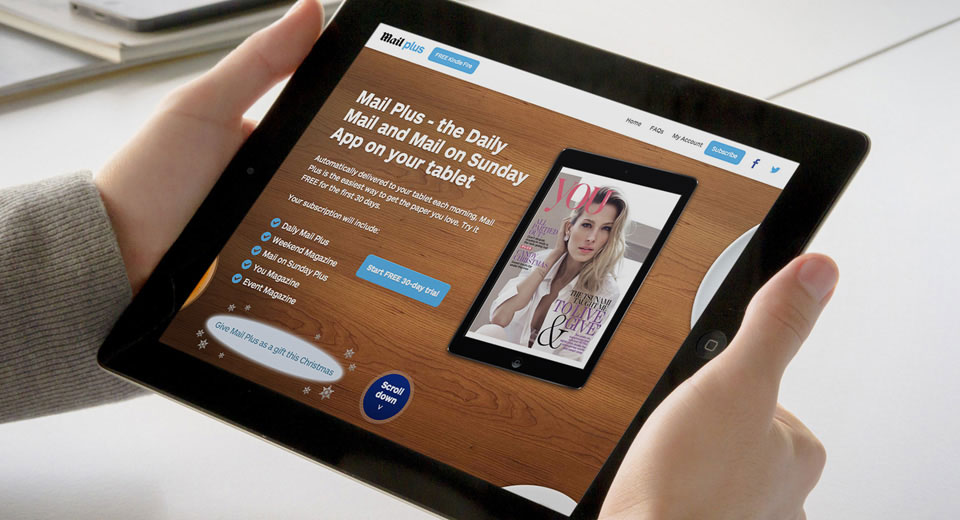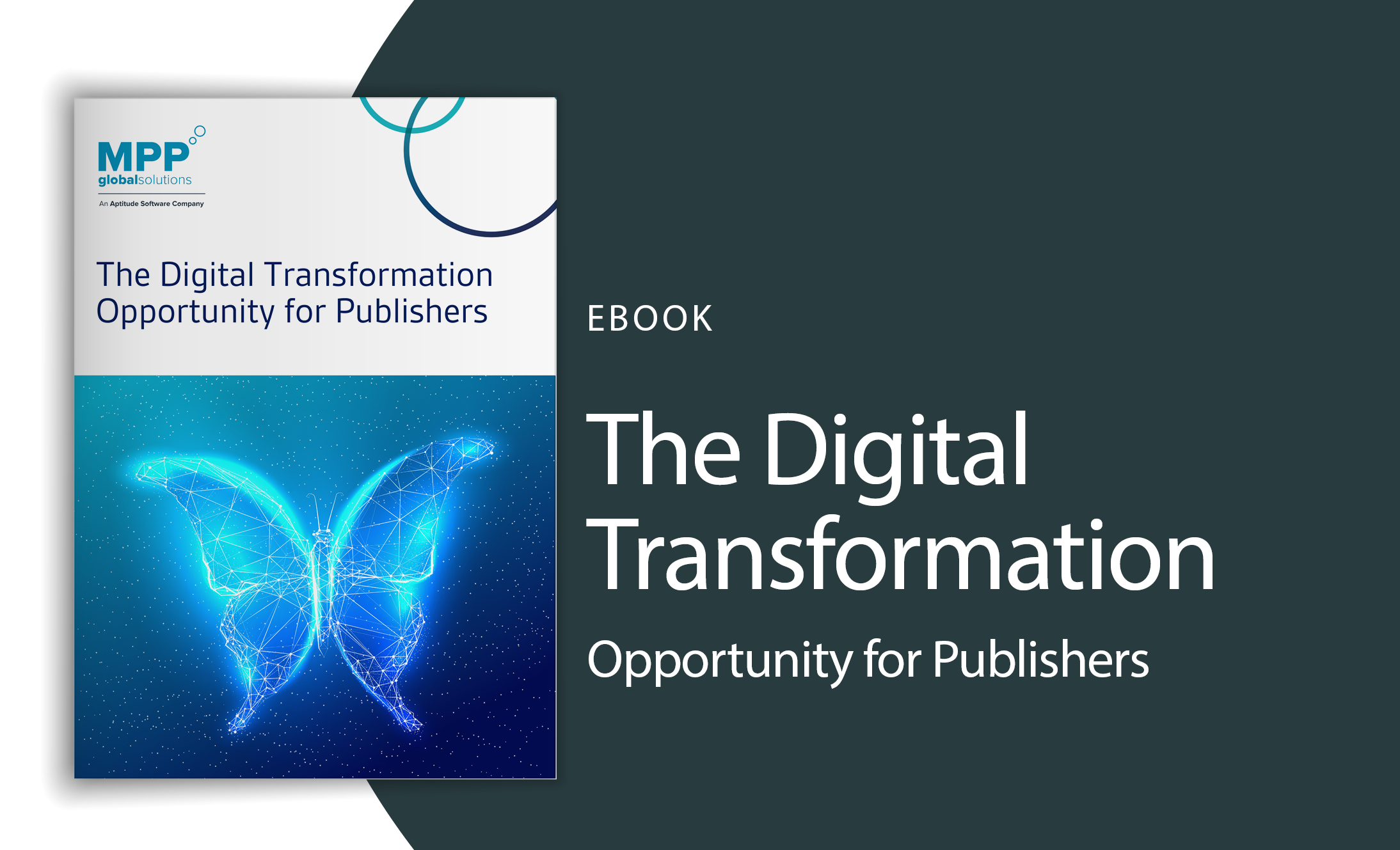New York Times Paywall Success
To say the last year has been a good one for the New York Times would be an understatement. The leading newspaper took some risks in March 2011 and those risks have paid off for the company.
On March 17, the New York Times rolled out a soft-launch of its digital subscription model. To test out the viability and acceptance of its digital paywall model, the US-based newspaper tested its digital subscription system with its Canadian customers. Luckily the “friendly” Canadians were very receptive to paying for content that until then had been free. Using a metered model, only heavy users were encouraged to pay for digital subscriptions – with heavy users being those who were reading more than 20 articles a month online.
As the New York Times executives and technology team hovered around computers watching the numbers for this early soft-launch and hoping that the web servers would and could keep up with the traffic, it was smiles all around. (And likely many large sighs of relief.)
The Canadian success was all the company needed to roll out its digital paywall model to its international readers. On March 28, the journalism that had previously been free was no longer free. A risky move considering many people still associated the Internet with “free”. But as the Canadians showed, if people like something enough and believe they need it – they will pay for it.
Today a little less than a year later, the New York Times is getting very close to the 500,000 digital subscriber mark. Based on this impressive success with its digital subscription and readership numbers, the New York Times announced on Tuesday that it is making changes to the number of free articles available each month. Avid readers who still aren’t paying to read this newspaper will on April 1 see their free articles per month drop from 20 to 10. New York Times officials believe this will only help to encourage more people to take the step towards a digital subscription.
To encourage this move, current paying readers will receive a free 12-week subscription that they can “gift” to friends who are currently not paying. As well, readers will still be able to read articles for free to which they link to from social media sites and websites. So a crafty reader could still easily read their 20 or more articles for free each month.
The New York Times started charging for online content in a time when only a small handful of newspapers were doing the same. Now less than one year later, over 150 newspapers are charging for their content. This move to digital subscriptions is not limited to large international newspapers – the Los Angeles Times and Augusta Chronicle for example, have made the move.
With some analysts predicting that the New York Times could hit the 900,000 to 1 million digital subscription mark, things do look very promising for the newspaper. An interesting side note to this growth and adoption in digital subscribership is the impact it has had on home delivery subscriptions… Rather than negatively impacting home delivery numbers, the home delivery circulation numbers have increased for the first time in five years. This increase is being attributed to people being willing to pay for a home delivery subscription because they also receive unlimited digital access.
So all in all things look pretty good for the New York Times. But the big question in the board rooms is this: how do we continue this success and growth? We’ve written in the past about the smart packaging and marketing that the company has used to convince readers that there is value in paying for a digital subscription. But now the New York Times has to take things further.
And the newspaper giant knows this. Recently the New York Times has rolled out:
- Single day promotions for digital subscriptions – the NovemberCyberMondaypromotion was its third biggest sales day since the two days following its international digital subscription release.
- A website dedicated to news and culture in India.
- A Chinese science magazine.
- There is also talk of more international news products.
These are smart moves but it is likely time for the New York Times to now look to other media companies who are having success online. For example, National Public Radio (NPR) is getting some excellent traction and conversion thanks to its Facebook, Tumblr, and Twitter presence. The Washington Post is doing a great job of using Facebook to help encourage digital subscriptions. Another option for the New York Times is to take a closer look at its smartphone and tablet readers – how to convert these readers to paid subscriptions?
To say that it is an exciting time for the New York Times would be an understatement. In fact, the success the company is experiencing with its digital paywall system speaks well to the hunger people still have for the news. Some pundits would have us believe that people no longer have the time or desire to read the news but 454,000 digital subscribers can’t be wrong!
 us
us 






 Posted by MPP Global on
Posted by MPP Global on


